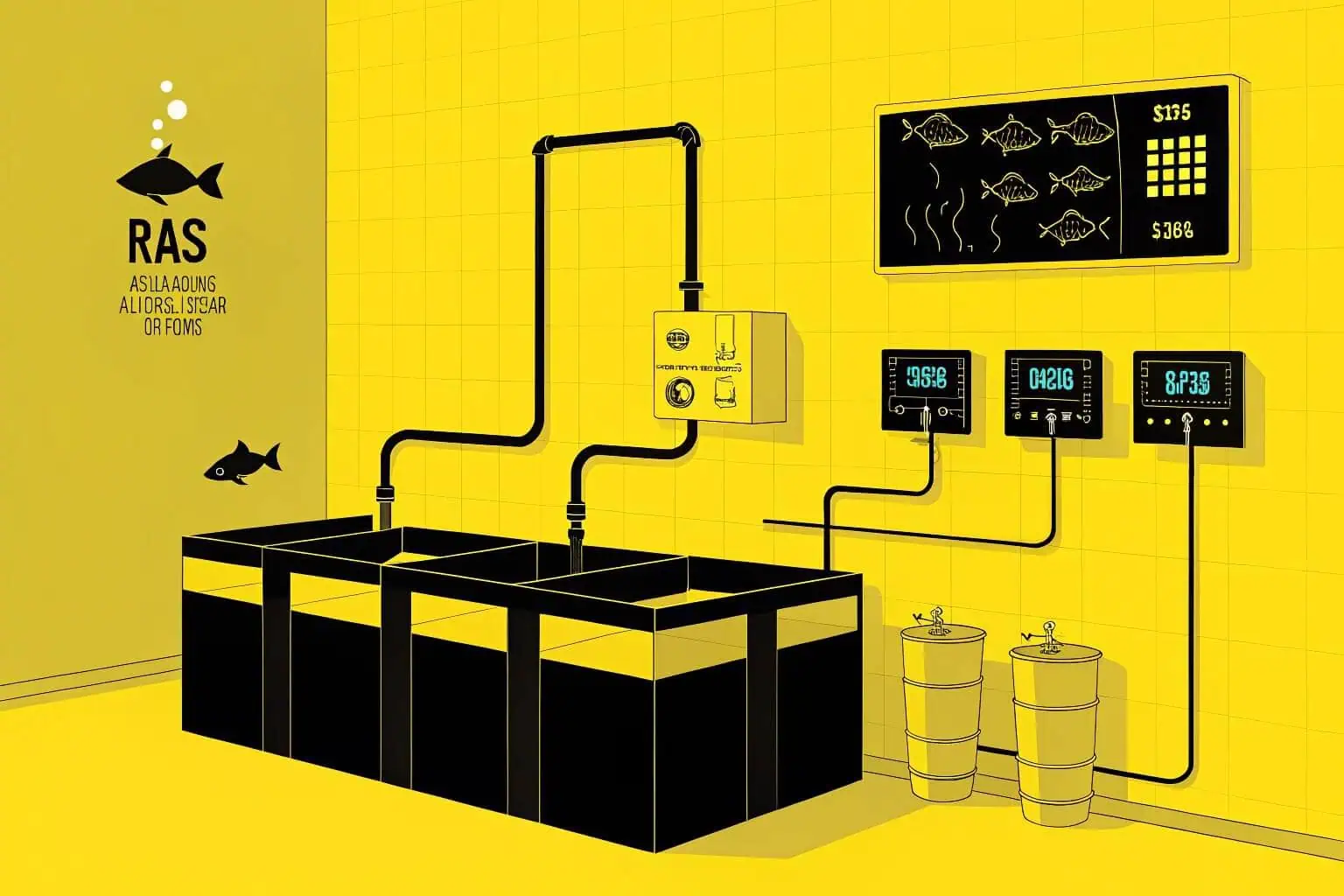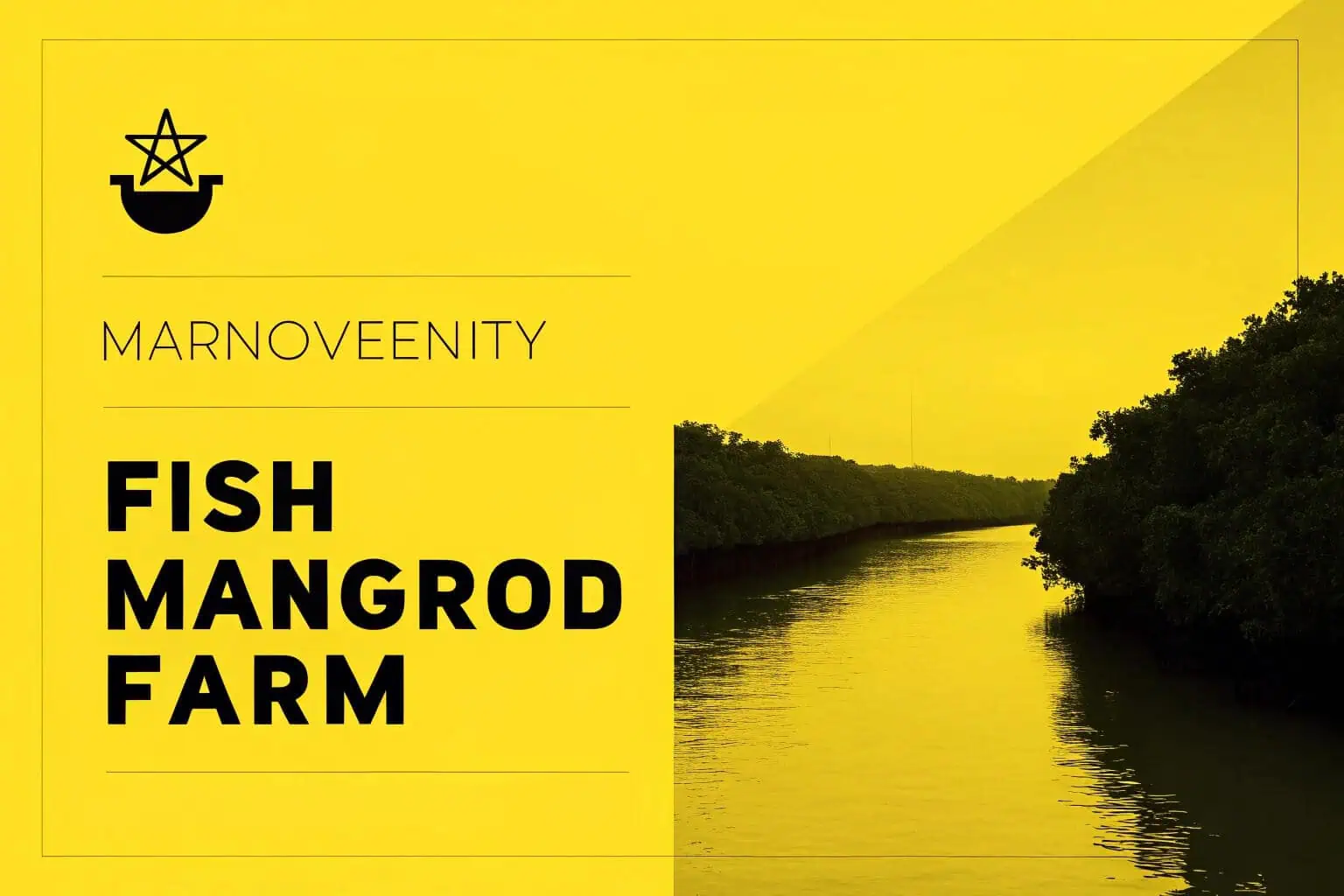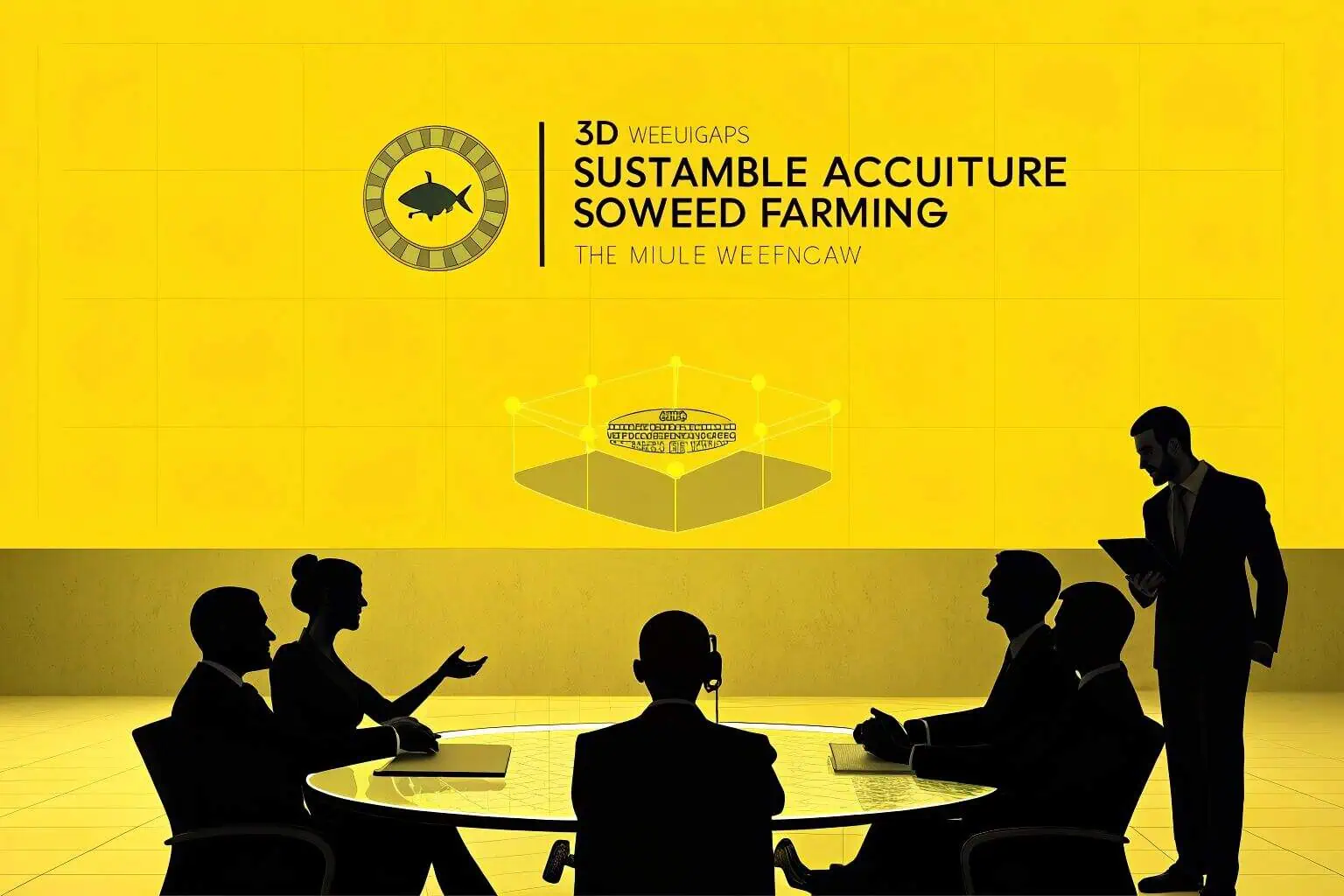What is the future of aquaculture?
Are you worried about where our food will come from in the future? As the world's population grows, traditional fishing can't keep up. We need a better, more sustainable way to get seafood on our plates.
The future of aquaculture is bright, driven by technology and a focus on sustainability. It is set to become the main source of aquatic food, surpassing wild-catch fisheries. This shift promises to feed the world while protecting our oceans, but it also comes with significant challenges that we must address.

As someone who has watched the aquaculture industry for years, I see it at a turning point. It holds the key to our future food security and sustainable development. But it also faces serious hurdles. Let's explore what the future holds for this vital industry.
What are the future trends in aquaculture?
Are you wondering what will shape the future of fish farming? The industry is changing fast, and old methods are no longer enough. We need smarter ways to grow more fish with less impact.
Future trends in aquaculture are all about technology. Innovations like Recirculating Aquaculture Systems (RAS), precision aquaculture, and alternative feeds are leading the way. These technologies help produce more fish, reduce pollution, and improve the well-being of the fish.

From my perspective, these trends are not just about fancy gadgets; they are about survival and responsibility. The industry must innovate to meet growing demand while protecting our planet. Let's dive deeper into these game-changing technologies1.
Recirculating Aquaculture Systems (RAS)
RAS is like a closed-loop water treatment plant2 for fish. It recycles and cleans water, allowing fish to be farmed anywhere, even in cities. This reduces water use by up to 99% compared to traditional ponds. It also prevents fish from escaping and spreading diseases to wild populations.
Precision Aquaculture
Precision aquaculture3 uses sensors, data, and automation to monitor fish and their environment in real-time. Think of it as a fitness tracker for fish. This technology helps farmers optimize feeding, detect diseases early, and ensure the fish are healthy and growing well. It makes farming more efficient and less wasteful.
Alternative Feeds
Traditionally, farmed fish are fed smaller wild-caught fish, which is not sustainable. The industry is now developing new feeds from insects, algae, and even bacteria. These alternative feeds are better for the environment and can be produced without relying on wild fish stocks.
| Technology | Key Benefit | Environmental Impact |
|---|---|---|
| RAS | Reduces water use | Low |
| Precision Aquaculture4 | Improves efficiency | Reduces waste |
| Alternative Feeds5 | Sustainable ingredients | Protects wild fish |
What is the forecast for aquaculture?
Do you wonder how big the aquaculture industry will become? With the global population soaring, the demand for protein is higher than ever. Can fish farming fill the gap left by traditional fisheries?
The forecast for aquaculture is strong. By 2030, it is expected to provide over half of the world's seafood, with a market value climbing past $400 billion. Asia will continue to lead, but growth in North America and Europe will accelerate, driven by sustainable practices.

I've been tracking these numbers, and the growth is impressive. This isn't just about producing more fish; it's about a fundamental shift in our global food system6. Let's look at the numbers and what they mean for different parts of the world.
Market Growth
The global aquaculture market is currently valued at around $300 billion. With a compound annual growth rate (CAGR)7 of 5-7%, it is on track to exceed $400 billion by 2030. This growth is much faster than most other food production sectors.
Regional Leadership
Asia, particularly China, has long dominated aquaculture production8. This is likely to continue due to favorable climates and strong government support. However, other regions are catching up.
Sustainable Growth in the West
In North America and Europe, the focus is on sustainability9. Consumers are demanding fish that is farmed in an environmentally friendly way. This is driving investment in technologies like RAS10 and the development of stricter regulations. While growth may be slower, it is built on a more solid and sustainable foundation.
| Region | Current Market Share | Projected Growth | Key Driver |
|---|---|---|---|
| Asia | 60% | High | Government support |
| North America | 10% | Moderate | Sustainability |
| Europe | 15% | Moderate | Consumer demand |
What is the biggest problem in aquaculture?
Is aquaculture a perfect solution? While it promises a sustainable source of seafood, the industry faces a huge challenge. If we don't address it, the environmental consequences could be devastating.
The biggest problem in aquaculture is its environmental impact. This includes water pollution, the destruction of habitats like mangrove forests, and the spread of diseases and invasive species. These issues threaten ecosystems and can lead to billions of dollars in economic losses.

In my view, this is the dark side of the industry that we can't ignore. The pressure to produce more can lead to cutting corners, with disastrous results for the environment. Let's break down the main environmental problems11 and why they are so serious.
Pollution and Habitat Destruction
Fish farms produce a lot of waste12, which can pollute surrounding waters and harm wild fish. In some areas, large-scale shrimp farming has led to the destruction of mangrove forests, which are vital coastal habitats. This can cause ecological collapse and costs the global economy an estimated $6 billion per year.
Disease and Feed Dependency
Crowded fish pens13 can be a breeding ground for diseases, which can spread to wild populations. The industry also relies heavily on wild-caught fish for feed, which puts more pressure on already depleted ocean stocks. Climate change makes these problems even worse, as warmer waters can lead to more disease outbreaks.
The Need for Solutions
To solve these problems, we need stricter rules and new technologies. Better farm management, biosecurity protocols14, and a shift to sustainable feeds are essential. Without these changes, the industry's growth could come at a very high price.
| Solution | Description | Impact |
|---|---|---|
| Stricter Rules | Government regulations to limit pollution and habitat destruction. | Ensures accountability and long-term sustainability. |
| New Technologies | Innovations like RAS and precision aquaculture to improve efficiency. | Reduces environmental footprint and improves fish welfare. |
| Better Farm Management | Implementing best practices for waste management and site selection. | Minimizes local environmental damage. |
| Biosecurity Protocols | Strict measures to prevent and control disease outbreaks. | Protects both farmed and wild fish populations. |
| Sustainable Feeds15 | Shifting to alternative protein sources like algae and insects. | Reduces reliance on wild-caught fish and protects marine ecosystems. |
Is aquaculture a good investment?
Are you thinking about investing in the future of food? Aquaculture seems like a promising opportunity, but it's not without risks. How can you know if it's the right choice for your money?
Aquaculture can be a good investment, especially in sustainable models that can offer annual growth of 6-8%. These investments align with global sustainability goals. However, risks like disease outbreaks and changing regulations can lead to significant losses, so careful selection is key.

As an observer of the market, I believe the potential is there, but you have to be smart about it. Not all aquaculture is created equal. The key is to back companies that are committed to both profit and the planet. Let's look at where the smart money16 is going.
The Upside
Investing in sustainable aquaculture is not just good for the environment; it's good for business. Consumers are willing to pay more for sustainably sourced seafood. Companies that can deliver this are well-positioned for long-term growth. Aligning with the UN Sustainable Development Goals17 also attracts a new class of responsible investors.
The Risks
Aquaculture is still farming, and farming is risky. A disease outbreak can wipe out an entire crop of fish. New environmental regulations18 can increase costs. Investors need to be aware of these risks and look for companies with strong management and contingency plans.
What to Look For
I would advise investors to focus on companies with a strong technological edge and a clear commitment to sustainability. For example, businesses that are integrating seaweed farming19 to absorb waste or developing low-carbon feeds20 are attractive. These are the companies that will not only survive but thrive in the long run.
| Investment Type | Potential Return | Risk Level |
|---|---|---|
| Sustainable RAS | 6-8% | Medium |
| Traditional Ponds | 4-6% | High |
| Feed Innovation | 10%+ | High |
Conclusion
The future of aquaculture is a story of balance. It has the potential to feed our growing world, but we must manage its growth responsibly to protect our oceans for generations to come.
-
Explore this link to understand how innovative technologies are reshaping industries and promoting sustainability. ↩
-
Understanding closed-loop systems can enhance your knowledge of sustainable practices in aquaculture. ↩
-
Explore this link to understand how Precision aquaculture revolutionizes fish farming with technology. ↩
-
Discover how precision aquaculture technology enhances fish farming efficiency and minimizes environmental impact. ↩
-
Explore this resource to learn how alternative feeds from insects, algae, and bacteria are revolutionizing sustainable aquaculture. ↩
-
Explore this link to understand how shifts in the global food system impact food security and sustainability worldwide. ↩
-
Learn how CAGR influences market expansion and investment opportunities in aquaculture, helping you make informed decisions. ↩
-
Explore this link to understand global trends and how different regions are advancing in aquaculture. ↩
-
Exploring this resource will provide comprehensive insights into sustainable practices and innovations in aquaculture. ↩
-
This link offers detailed information on RAS technology, crucial for understanding sustainable fish farming methods. ↩
-
Explore this link to understand the critical environmental issues linked to industrial activities and their global impact. ↩
-
Explore this link to understand how fish farm waste affects water quality and marine ecosystems. ↩
-
Learn effective management strategies to reduce disease spread and improve aquaculture sustainability. ↩
-
Explore this resource to learn effective biosecurity measures that prevent disease outbreaks and protect fish populations. ↩
-
Discover how shifting to sustainable feeds like algae and insects can reduce environmental impact and promote industry growth. ↩
-
Learn about the most strategic investments in sustainable industries to make informed decisions. ↩
-
Discover how aligning with the UN SDGs can attract responsible investors and enhance your company's reputation. ↩
-
Learn how environmental regulations influence costs and operations in the aquaculture industry. ↩
-
Explore this link to understand how seaweed farming can enhance sustainability and provide long-term investment benefits. ↩
-
Learn about the impact of low-carbon feeds on sustainability and why they are a promising investment area. ↩